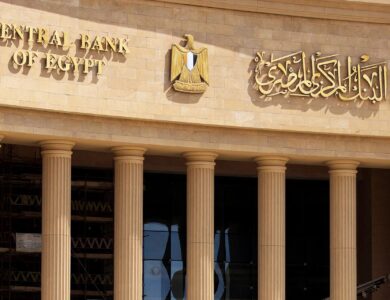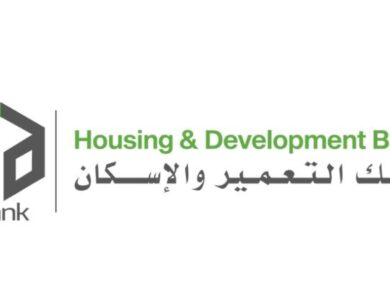HC: Egypt’s Economy Shows External Resilience, Room for Potential Rate Cut

HC highlights the continued resilience of Egypt’s external position, supported by several key indicators. Net international reserves (NIR) rose by approximately 1% month-on-month in October, marking a cumulative increase of nearly 6% since the beginning of the year to reach an all-time high of USD 50.1 billion. Additionally, the banking sector’s net foreign assets (NFA) expanded notably, rising by around 16% month-on-month and nearly quadrupling year-to-date to USD 20.8 billion in September.
Worker remittances also showed strong performance, increasing by approximately 35% year-on-year in August to USD 3.5 billion—despite an 8% month-on-month decline—reflecting improving confidence in Egypt’s foreign-exchange liquidity. At the same time, Egypt’s 1-year credit default swap (CDS) levels declined sharply to 176 basis points from 379 basis points at the start of the year. Furthermore, Suez Canal revenues have begun to recover since early November following the Gaza ceasefire agreement. Collectively, these developments have supported an appreciation of the Egyptian pound by around 8% against the US dollar year-to-date.
On the domestic front, the non-oil private sector PMI edged up to 49.2 in October from 48.8 in September, driven by improved demand, although it remains below the neutral 50 threshold. Inflationary pressures continue to ease, with cumulative month-on-month inflation reaching roughly 11% in the first ten months of 2025, compared to 22% during the same period of 2024. However, inflation is expected to pick up in November to 13.0% year-on-year and 0.9% month-on-month due to the second-round effects of the mid-October energy price adjustments. H.C. expects inflation to resume its downward trajectory thereafter.
Regarding the attractiveness of Egypt’s carry trade, the most recent 12-month Treasury bills auction yielded 25.49%, translating into a positive real interest rate of 10.7% based on H.C.’s 12-month inflation projection of approximately 11% (after applying a 15% tax rate on foreign investors from Europe and the US). This indicates that Egypt’s carry trade continues to offer competitive returns. H.C. also notes that Egypt’s lower CDS levels should, in theory, reduce the yields required by foreign investors—an adjustment that has not yet been fully reflected in recent auctions.
While the Central Bank of Egypt may opt to keep interest rates unchanged at its upcoming meeting, H.C. believes there is room for a 100 basis-point rate cut to support economic activity and stimulate private-sector growth, considering the improving external indicators and the expected path of inflation.
مواضيع متعلقة
- محمد الأتربي: البنك الأهلي المصري واجهة الاقتصاد الوطني وقاطرة دعم المشروعات القومية
- البنك الأهلي المصري يمول مشروع “سولانا ويست” لشركة أورا ديفلوبرز بـ3 مليارات جنيه
- البنك المركزي يطلق منصة “هوية الرقمية” خلال أيام لتقليل التعامل النقدي
- “المصرف المتحد” يقدم حلول تمويل عقاري ميسرة لمحدودي ومتوسطي الدخل بقيمة 5 مليارات جنيه










